Regarding the flood situation in the Central region, Mr. Mai Van Khiem - Director of the National Center for Hydro-Meteorological Forecasting assessed: "From October 22 to 28, the Central region was affected by a combination of multi-disaster morphological forms of cold air in the North that was strengthened, the activity of storm No. 12 later weakened into a low pressure area in the coastal waters of Hue City - Da Nang City, then the tropical convergence zone rose from the South and disturbances in the East wind zone combined with windward terrain caused exceptionally heavy rain, especially in Hue and Da Nang.
Total rainfall from October 22 to 4am on October 29 in Ha Tinh , Quang Tri and Quang Ngai is 200 - 450mm; Hue city is 450 - 900mm; Da Nang city is 300 - 600mm. Especially there are places with very heavy rain such as Bach Ma with 1739.6mm of rain in 1 day, this is the largest rainfall ever recorded in Vietnam in 1 day.
According to statistics from the World Meteorological Organization, the largest one-day rainfall was 1,825 mm at a French monitoring station in the Indian Ocean in January 1966. That means the rainfall at Bach Ma is close to the world's historical milestone.

Mr. Mai Van Khiem - Director of the National Center for Hydro-Meteorological Forecasting.
According to the Director of the National Center for Hydro-Meteorological Forecasting, currently, floods on the Huong River and Bo River (Hue City) are receding slowly, floods on the Vu Gia - Thu Bon River (Da Nang City) are fluctuating at a high level, and floods on the Tra Khuc River (Quang Ngai) are rising.
Water levels at 2:00 a.m. on October 29 on some rivers are as follows: On Bo River (Hue city) at Phu Oc station is 4.46 m, 0.04 m below alarm level 3; On Huong River (Hue city) at Kim Long station is 4.22 m, 0.72 m above alarm level 3; On Vu Gia River (Da Nang city) at Ai Nghia station is 10.12 m, 1.12 m above alarm level 3. On Thu Bon River (Da Nang city) at Cau Lau station is 5.22 m, 1.22 m above alarm level 3; On Tra Khuc River (Quang Ngai) at Tra Khuc station is 5.35 m, 0.35 m above alarm level 2.
"Up to now, this flood has recorded a historic water level on the Bo River at Phu Oc station, 0.01 m higher than the 2020 flood; the flood on the Huong River at Kim Long station is 0.76 m lower than the 1999 flood; the flood on the Vu Gia River at Ai Nghia station is 0.59 m lower than the 2009 flood; the Thu Bon River at Cau Lau station is 0.05 m lower than the 2007 flood and 0.14 m lower than the 1964 flood," said Mr. Mai Van Khiem.

People in the highlands of Da Nang carry coffins across floodwaters for burial.
Deputy Minister of Agriculture and Environment Nguyen Hoang Hiep said that the prolonged heavy rain in Hue city in recent days was predicted, but the timing and scale of the rains have changed between periods.
"The 24-hour rainfall in Hue set a record for the highest in Vietnam's history, at one point ranking second in the world. Because Hue has no dikes or pumping stations, flood control depends entirely on the Huong Dien, Binh Dien and Ta Trach lake systems. The operation of the inter-reservoir system has helped reduce about 700 million cubic meters of water downstream, of which Ta Trach lake alone reduced nearly 350 million cubic meters, contributing to reducing the flood peak on the Huong River by 0.5 meters and on the Bo River by 0.3 meters. It is forecasted that on October 30-31, another heavy rain may appear in the Central region, so the flood will not end until after October 31," Deputy Minister Hiep shared.
In addition, Deputy Minister Nguyen Hoang Hiep warned that mountainous areas in Hue and Da Nang cities are at very high risk of landslides due to the soil being saturated with water. Therefore, localities need to pay special attention to ensuring living conditions, resolutely evacuating people in dangerous areas, and maintaining communication.
Source: https://baolaocai.vn/mua-ky-luc-o-mien-trung-cao-nhat-lich-su-viet-nam-tiem-can-moc-the-gioi-post885559.html



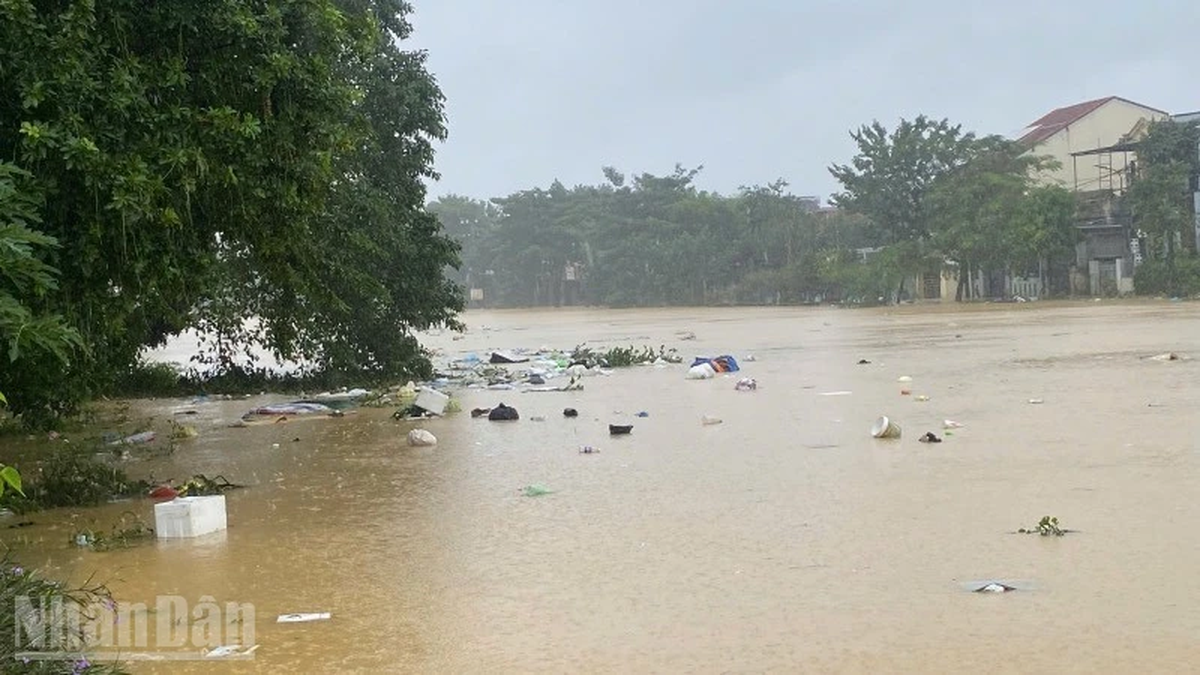
![[Photo] Hue: Inside the kitchen that donates thousands of meals a day to people in flooded areas](https://vphoto.vietnam.vn/thumb/1200x675/vietnam/resource/IMAGE/2025/10/29/1761738508516_bepcomhue-jpg.webp)
![[Photo] Prime Minister Pham Minh Chinh chaired a meeting to discuss solutions to overcome the consequences of floods in the central provinces.](https://vphoto.vietnam.vn/thumb/1200x675/vietnam/resource/IMAGE/2025/10/29/1761716305524_dsc-7735-jpg.webp)
![[Photo] Flooding on the right side of the gate, entrance to Hue Citadel](https://vphoto.vietnam.vn/thumb/1200x675/vietnam/resource/IMAGE/2025/10/28/1761660788143_ndo_br_gen-h-z7165069467254-74c71c36d0cb396744b678cec80552f0-2-jpg.webp)





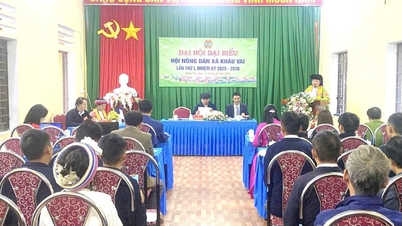










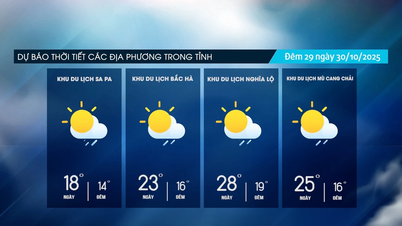







































![[Infographic] Vietnam's socio-economic situation in 5 years 2021-2025: Impressive numbers](https://vphoto.vietnam.vn/thumb/402x226/vietnam/resource/IMAGE/2025/10/29/1761730747150_anh-man-hinh-2025-10-29-luc-16-38-55.png)










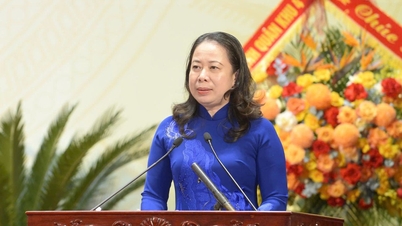




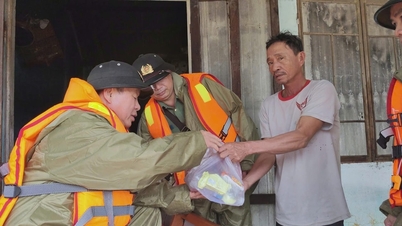
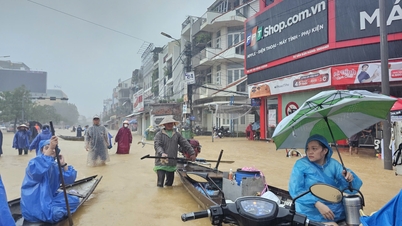




















Comment (0)